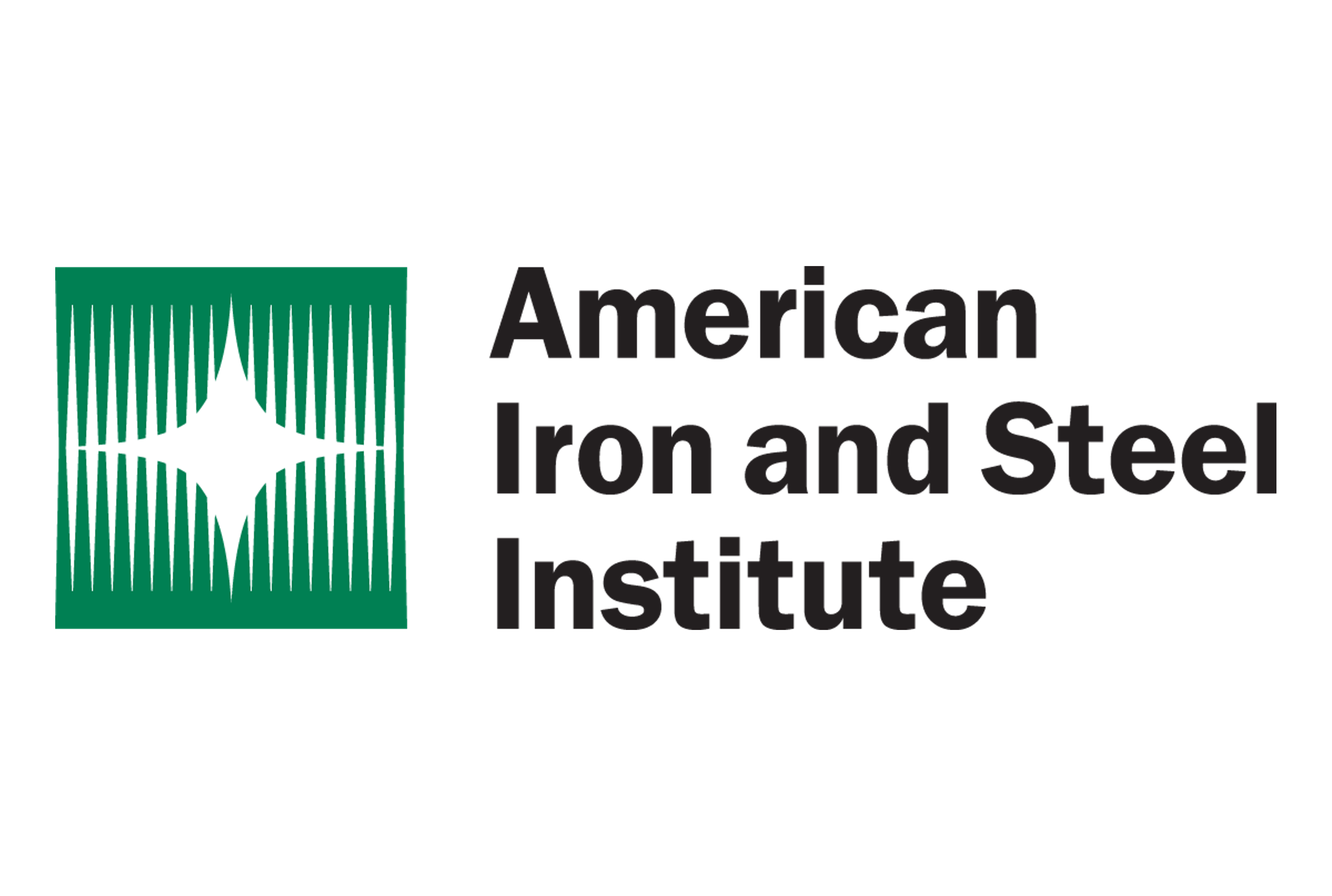Canada

November 21, 2025
Price on Trade: Changes to USMCA needed to support American steelmaking
Written by Alan Price & Ted Brackemyre
Editor’s note: This is an opinion column. The views in this article are those of experienced trade attorneys on issues of relevance to the current steel market. They do not necessarily reflect those of SMU. We welcome you to share your thoughts as well at info@steelmarketupdate.com.
Starting July 1, 2026, the United States-Mexico-Canada Agreement (USMCA) will formally begin its joint review process. As those negotiations approach, there has been a lot of chatter from the Canadian and Mexican steel sectors about the need for a unified North American steel market. In particular, the Canadian and Mexican industries are angling for a renegotiated USMCA that removes Section 232 duties on steel imports from Canada and Mexico into the United States. It is clear to us why Canadian and Mexican steel producers would want to be excluded from Section 232, as Canada and Mexico benefited greatly from their prior exclusion from these duties. It is also clear that any agreement to once again exclude Canadian and Mexican steel imports from the Section 232 program would be damaging for the American steel industry.
Canada and Mexico were previously exempted from the Section 232 program. Consequently, while the Section 232 steel tariffs benefited American steel producers and reduced steel imports across the board, they also buoyed the Canadian and Mexican steel industries, allowing them to grab a much greater share of the domestic steel import market. A comparison of steel imports from the three years prior to Section 232 (2015-2017) with the three most recent years (2022-2024) shows that imports from Canada and Mexico increased by 22%, while imports from all other countries decreased by 34%. Between those periods, the Canadian and Mexican share of steel imports in the United States rose by 13 percentage points from 25% to 38%.
These data emphasize that Canada and Mexico were big beneficiaries of the original Section 232 steel program. However, they abused their Section 232 exemptions to massively expand their exports and grab import market share in the United States. This has prevented American steel producers from fully realizing the benefits of a program meant to support US production. Instead, steel and downstream steel product jobs and production continue to flow out of the United States into Canada and Mexico.
This point is supported by the fact that, since Canada and Mexico were brought back under the Section 232 steel program in 2025, there is a nearly one-to-one relationship between the increase in American raw steel production and the decrease in steel imports from Canada and Mexico. Specifically, from January to September 2025, according to the American Iron and Steel Institute, domestic raw steel production rose by 1,401,988 short tons, compared to the same period in 2024. Similarly, based on data from the US Department of Commerce’s Steel Import Monitoring and Analysis System, across the same periods, steel imports entering the United States from Canada and Mexico decreased by 1,488,475 short tons.
In effect, for every ton of Canadian and Mexican imports reduced by the reimposition of Section 232 duties in 2025, domestic production increased by a ton. Intuitively, that makes sense. Apparent domestic steel consumption in the United States has declined over the last five years. And the global steel industry faces significant overcapacity and similar declines in global demand. As such, every ton of foreign steel sold in the United States is often at the direct expense of American steel producers, who have ample capacity to supply the US market. Indeed, according to publicly available data, the domestic steel industry lost money in Q4’24 and Q1’25. With Section 232 duties restored on Canadian and Mexican imports, there has been a modest recovery in volume, prices, and profits from the second quarter onwards in 2025.
With respect to Canada and Mexico, these import trends are not surprising. The Canadian and Mexican steel industries are designed to directly and indirectly export to the United States. For example, according to the US Department of Commerce, since 2015, between 44% and 56% of Canada’s steel production has been exported each year. In 2024, nearly 95% of Canadian steel exports were sent to the United States. Taken together, this means that more than half of Canadian steel production last year was exported to the US market. Similarly, virtually all Mexican steel exports since 2019 have gone to the United States. If the calls to once again exclude these countries from Section 232 duties are heeded, steel imports from Canada and Mexico will surge back into the US market, stifling the domestic industry.
As we have commented previously, the build-up of Canadian and Mexican production and capacity targeting the United States in the steel and downstream steel sectors is driven in no small part by massive government subsidies. The Governments of Canada and Ontario have continued these handouts, recently providing another $500 million in financing to Algoma Steel. The Ontario government also recently launched a $2.8 billion aid package for its metals producers to offset US tariffs on steel and aluminum. It’s policies like these that will further drive low-priced imports into the United States if Canada and Mexico are let out of the Section 232 program.
As USMCA negotiations heat up, those advocating for a duty-free North American steel market will grow louder. But is the United States really better off if its jobs, production, and supply chains in key sectors like steel, aluminum, autos, and rail cars are relocated to Canada or Mexico? Because that is what is at stake. The Economic Policy Institute estimates that, as a result of NAFTA, the United States had lost nearly 700,000 jobs by 2010 due to its trade deficit with Mexico. In opposing NAFTA, Ross Perot famously warned in a 1992 presidential debate of a “giant sucking sound,” representing American jobs being lost to Mexico, where labor was cheaper, and regulations were less strict. Fast forward 30 years, and that view has proved prescient, foretelling an even greater hollowing out of the US industrial base if the wrong policies are adopted.
The shifting of steel and downstream steel manufacturing to Mexico is particularly striking. We are seeing major new investments coming online in Mexico that have been planned to further exploit the advantages conveyed by USMCA and Section 232 exemptions. These investments will increase exports of steel and steel-containing products to the United States, such as beams and fabricated beams. Invariably, thousands of American jobs will be lost unless the USMCA is fixed and other measures are implemented to prevent this.
Put simply, the evidence shows that keeping Canada and Mexico under Section 232 duties is critical for a healthy steel industry. In this regard, the administration is right to view the USMCA joint review process as an opportunity to fundamentally rebalance US trade with our North American neighbors. USMCA should be redesigned to encourage domestic steel production and consumption rather than Canadian and Mexican production, and to incentivize the use of American steel content in downstream products like autos and auto parts. To make that happen, the devil will be in the details, and the right rules of origin and domestic content requirements will need to be considered.
Steel is not alone either. There are many other sectors where we see Canada and Mexico taking advantage of special treatment under USMCA and Section 232 programs at the expense of American industries. As President Trump has recognized, concerns about the loss of US manufacturing have been overlooked by prior administrations. They should not be ignored again.

Alan Price
Read more from Alan Price





